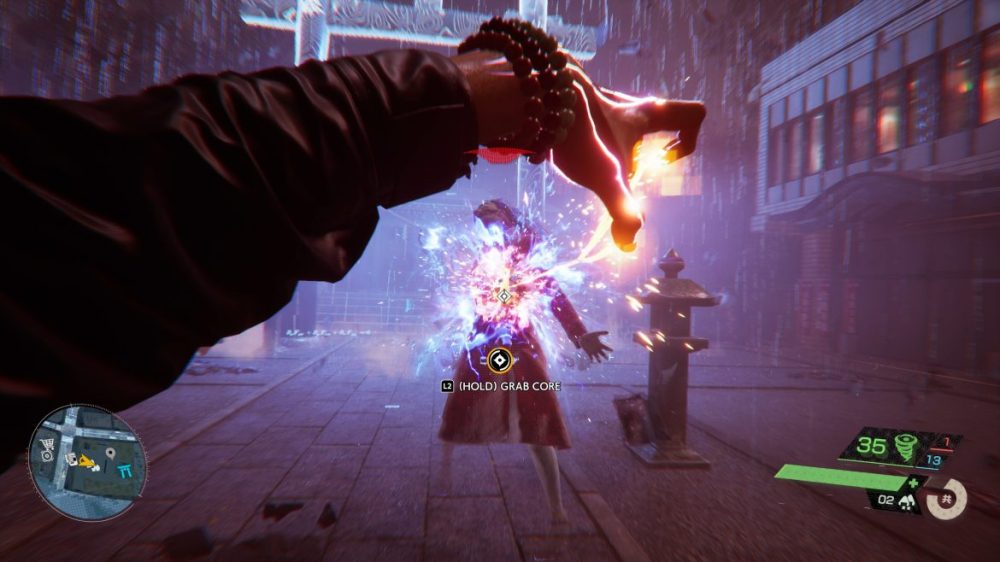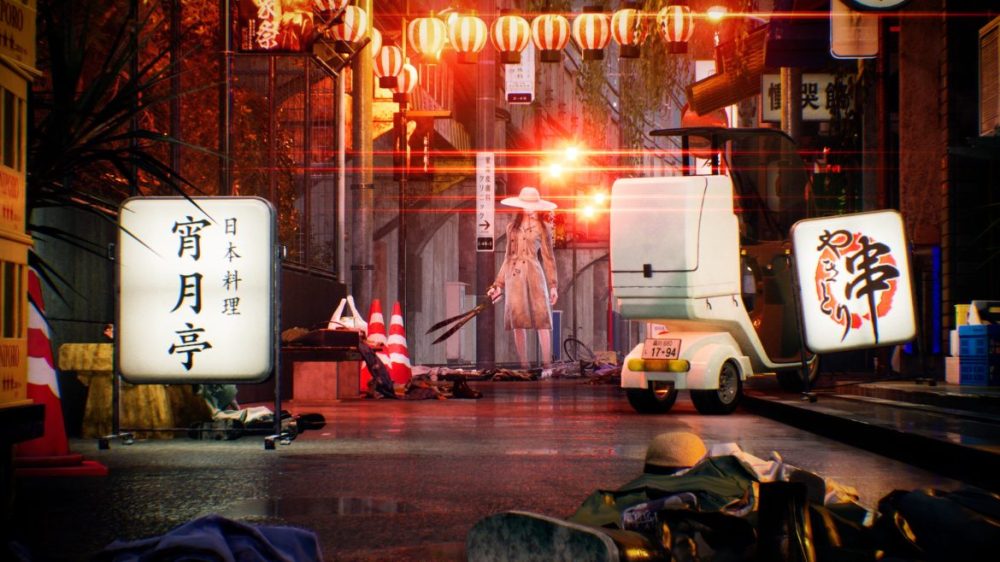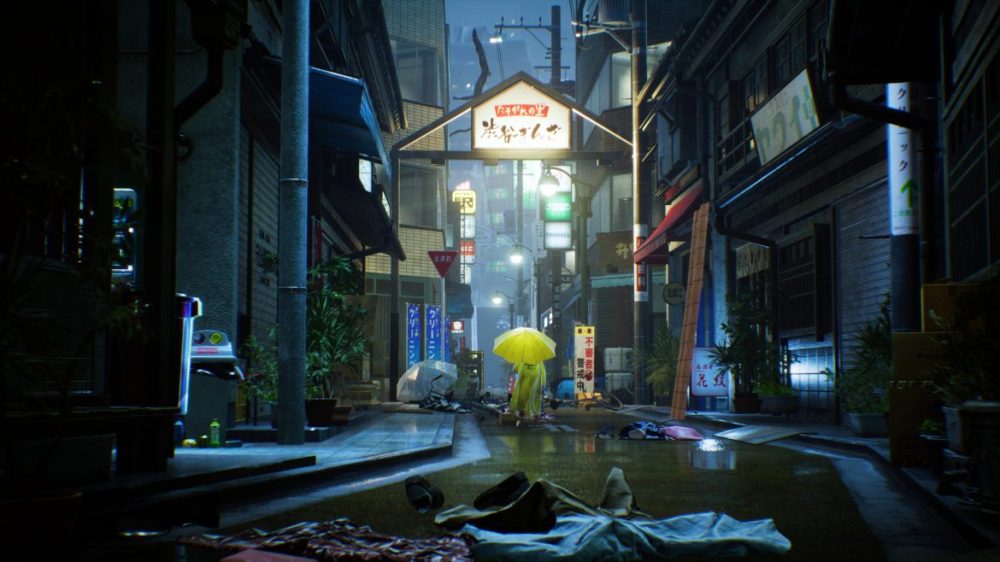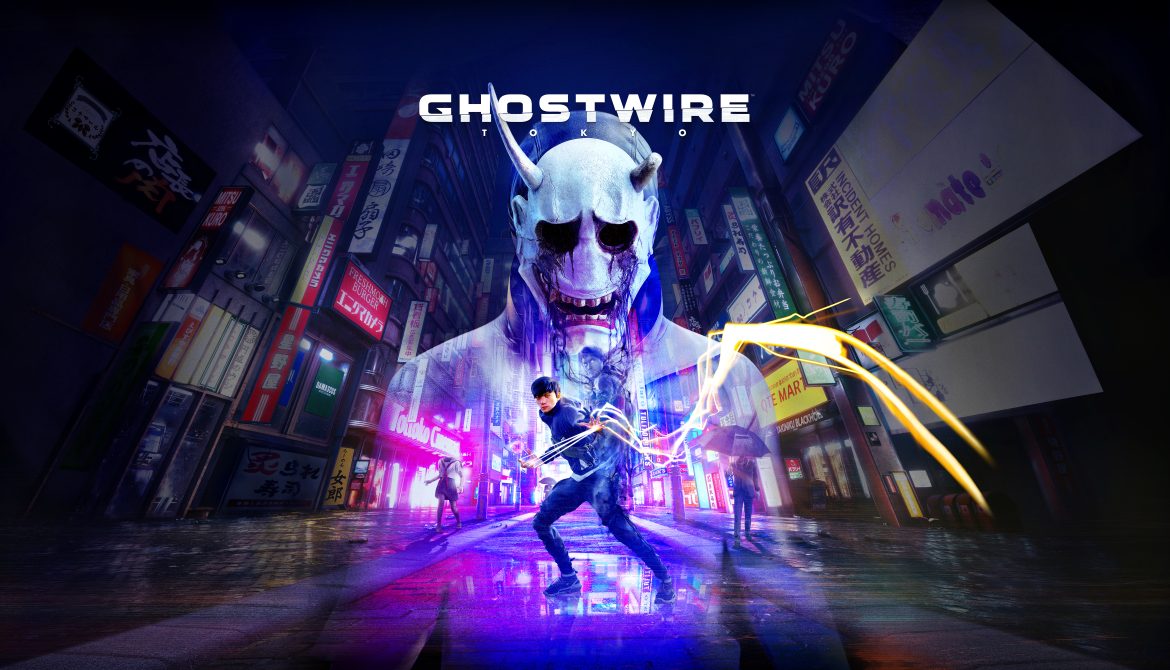TL;DR
Ghostwire: Tokyo offers a visually stunning and atmospheric Tokyo, featuring a unique first-person combat system that's initially very engaging. You play as Akito, possessed by a spirit to fight off soul-stealing enemies led by a Hannya mask antagonist. While the narrative starts strong and the core mechanics are rewarding, the open world can become repetitive with too many similar side quests and map markers. Technically, the game shows promise with great graphics but suffers from frame rate instability and some control unresponsiveness. It's not a must-buy at full price due to its flaws, but horror and FPS fans looking for a charming adventure might find it worthwhile, especially once it's polished further. Ready to dive into the supernatural streets of Tokyo? Read our full review to see if it's worth your time.
Ghostwire: Tokyo, the first title from Tango Gameworks since Evil Within 2 in five years, presents a compelling initial experience. The game exhibits visual fidelity, a distinct atmosphere, and an engaging core mechanic that is immediately rewarding. Players assume the role of Akito in this open-world horror adventure. Akito, seemingly clinging to life, is possessed by a mysterious entity, granting him the abilities necessary to combat encroaching darkness. These forces, led by a ruthless antagonist donning a Hannya Kabuki mask, are responsible for the extraction of souls, primarily within Tokyo’s Shibuya district. The game evolves into an action-oriented experience reminiscent of Dishonored, albeit with a lighter tone, incorporating magical FPS elements à la Hexen and the underrated The Darkness.

Ghostwire: Tokyo‘s release was subject to multiple delays. Now available on PS5 and PC, it showcases a high level of graphical fidelity for an FPS title. The development team transitioned from Bethesda’s ID Engine to Unreal Engine 4 (with an anticipated upgrade to Unreal Engine 5), presenting both advantages and disadvantages, as detailed below. The game world portrays a dimly lit and humid rendition of Tokyo, where ray tracing effects enhance the realism of light and water reflections. However, Tango Gameworks’ history indicates challenges in technical execution, a trend that persists in this title. Additional polish would have benefitted Ghostwire: Tokyo, and future patches could potentially address some existing issues.
The initial 45 to 60 minutes of gameplay are particularly engaging. The narrative unfolds intriguingly, and the player character progresses through a clear, intuitive, and straightforward reward and menu system. However, the focused storytelling gradually shifts toward a map populated with numerous “points of interest” and repetitive tasks. These include interacting with animals to gain bonuses, purifying Tori-gates to dispel malevolent energy (similar to liberating towers in Far Cry), and completing numerous, similar side quests that involve assisting ghosts in defeating other entities, often within confined or distorted locations. This repetition can lead to monotony. While players can prioritize the main storyline, completionists may find the abundance of side content overwhelming. The open-world concept ideally offers diverse and compelling side missions, similar to those found in Witcher 3, rather than repetitive variations on a single theme.

Technically, the game presents a mixed experience. The graphical presentation is generally well-executed, and the main character’s animations are of high quality. The game offers a range of graphical settings, including Quality mode (prioritizing resolution at 30fps), Performance mode (reducing resolution and disabling ray tracing to target 60fps), and various HFR (High Frame Rate) modes designed to support 120Hz displays. While 120Hz support is present (given a compatible TV), enabling HFR Quality with V-SYNC at 60Hz provides a stable visual experience. For a more in-depth technical analysis, refer to Digital Foundry’s video (which predates the PS5’s VRR support). Notably, all modes exhibit frame rate instability. Disabling V-SYNC increases the frame rate but introduces significant screen tearing, making it a less desirable option. Further optimization by Tango Gameworks is needed, and a future update addressing these issues, as well as evaluating the impact of VRR, is highly anticipated.
The sound design is competent, and the surround sound placement accurately conveys enemy positions. Although the game is not particularly frightening, it incorporates jump-scare moments, consistent with the legacy of Shinji Mikami, the creator of the Resident Evil series. Players can choose between Japanese audio (recommended for authenticity) with subtitles or English dubbing. The DualSense controller’s speaker and haptic feedback are effectively utilized. However, the controls exhibit a degree of unresponsiveness, introducing a slight lag that can make gameplay feel imprecise. This can increase the difficulty in certain sections, although the game is generally not challenging, at least on the normal difficulty setting. Given the availability of the game on PC, the potential for improved precision using a mouse and keyboard in this FPS title should be considered.

In summary, while the preceding points may appear critical, Ghostwire: Tokyo possesses redeeming qualities. The game boasts impressive ray tracing, distinctive charm, and an intriguing premise. However, it suffers from an overabundance of map markers, a common trait of open-world games, and technical shortcomings. In its current state and at its current price point, it may not be essential. However, it can be recommended, particularly in the long term, to enthusiasts of horror, FPS games, and more casual gaming experiences. The game offers entertainment value, and players willing to overlook its flaws will find a reasonably engaging horror adventure with a compelling core concept.
Footnote: A prequel, Ghostwire: Prelude, in the form of a graphic novel, is available for free download on PSN.
Bethesda provided a review code for this game. The provision of materials does not influence editorial objectivity.

